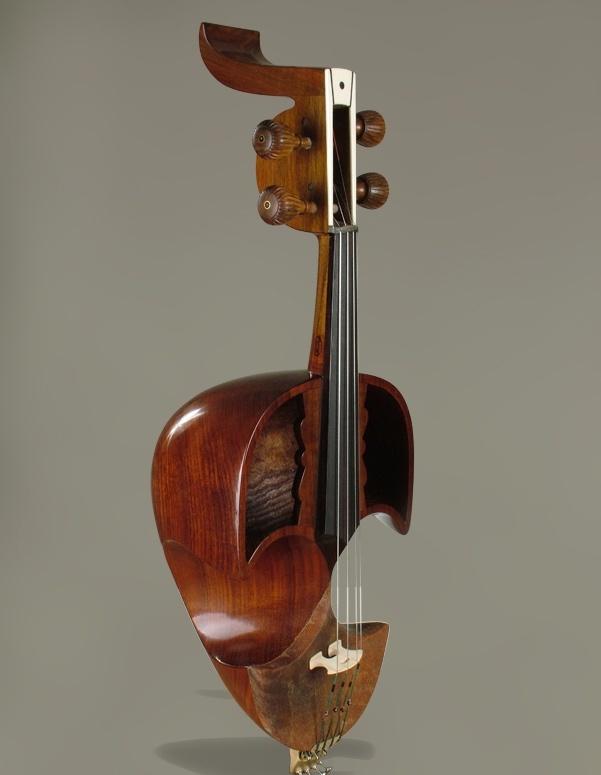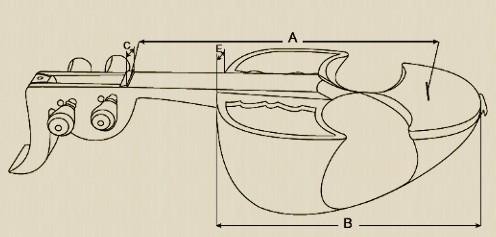
Gheychak is one of the ancient Iranian classical instruments. The oldest sample instrument still remaining is comprised of a dual box and the surface of the lower one is covered by a hide. The produced tune is first transferred from the lower box to the upper one, from where it is broadcast through two wide openings.
This part of the instrument is very interesting from the scientific point of view, since a second box has been added on its surface in order to amplify the tune. This makes the instrument much richer in producing a great variety of tunes. It has 4-6 cords, which is similar to conventional Kamancheh, have been extended on a wooden box.
It is played by a bow of particular shape, while the musician simultaneously creates the desired tune by plucking the cords by his/her left hand. The instrument's box is made of berry- or walnut wood.
Geychak is an striking instrument.
The main parts are:
1. Body made of walnut or mulberry wood
2. Neck and headstock made of walnut or mulberry wood
3. Finger board made of rosewood or ebony
4. Bridge made of black poplar
5. Nut made of ibex bone
6. Tuning pegs made of walnutwood
Geychak has four strings and&; three models:
1. Soprano camparable to violin
2. Alto comparable to viola
3. Bass comparable to cello
On the picture below you can see the detailed differences:

Sizes By Millimetre
A B C D
Soperano 340 300 28 35
Alto 360 325 30 38.5
Bass 700 620 34 45